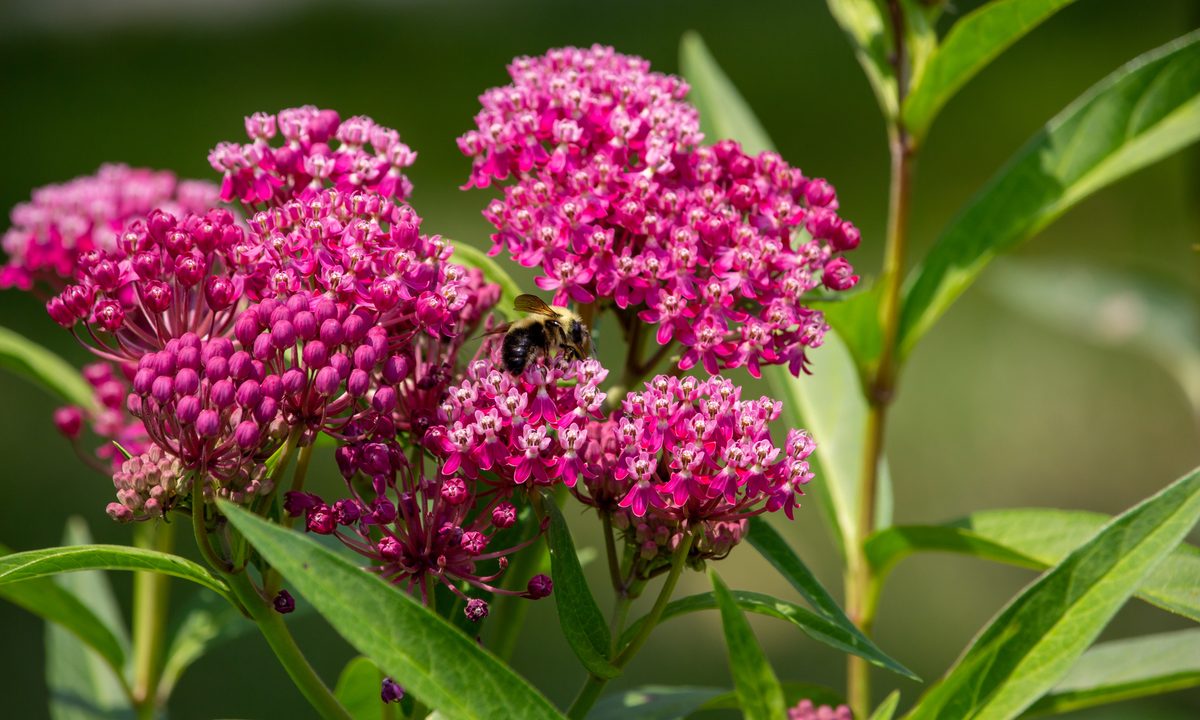A sunny flower garden full of vibrant, colorful flowers sounds like a dream, and many people take up gardening just to achieve it. While it isn’t difficult to grow a garden like that, the sun can sometimes get in the way. The intense afternoon sun can burn some plants, leaving unsightly brown marks on their leaves and wilting their flowers prematurely. Luckily, some simple planning can eliminate this problem! All you need to do is plant flowers that thrive in the bright sun, such as these five gorgeous perennials that like full sun.
Blazing star
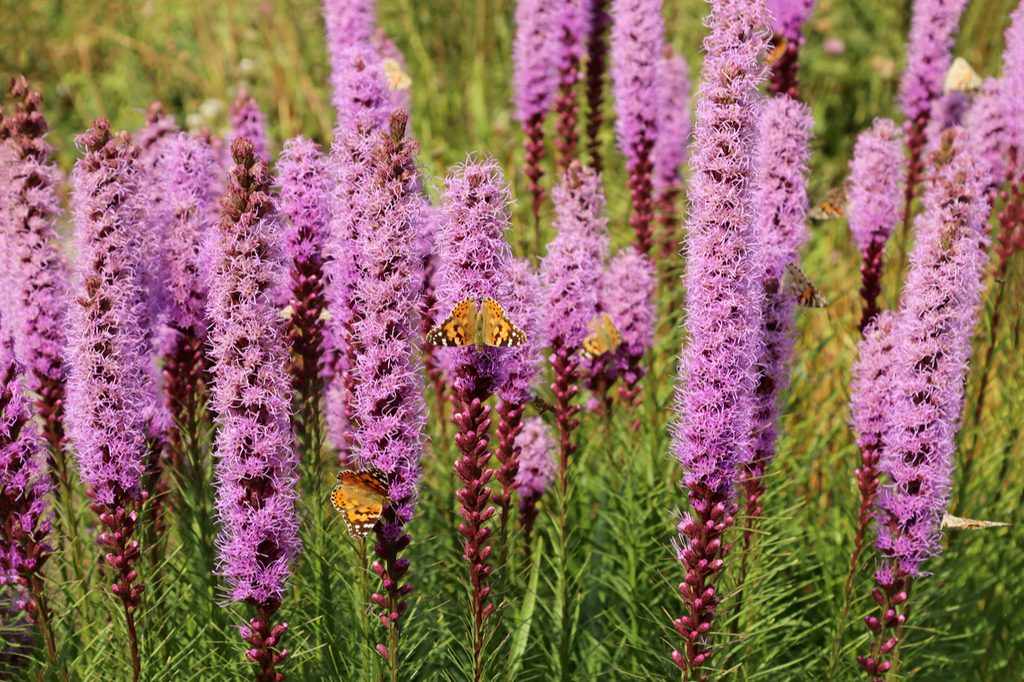
Blazing star, or liatris, is a tall perennial native to the marshes and prairies of the U.S. It’s known for its slender flower stalks lined with small purple flowers. These stalks can grow up to 6 feet tall. During late summer and autumn, when they’re in full bloom, blazing star flowers almost resemble large purple cat tails. Although they don’t look like it, these interesting flowers are actually a member of the aster family.
Blazing star plants thrive in full sun and moist, well-draining soil. As an added bonus, their gorgeous flowers are also attractive to butterflies and hummingbirds, making this an excellent addition to any full sun pollinator garden.
Lavender
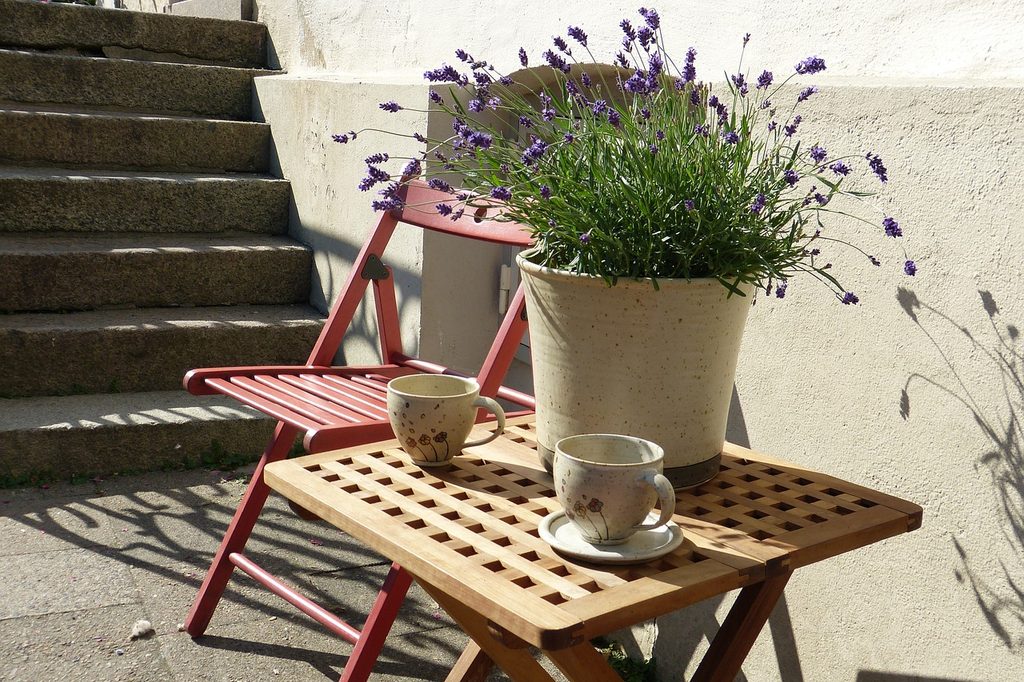
Lavender isn’t just a beautiful flower — it’s also a delicious and useful herb. With lovely purple flowers and a sweet, refreshing smell, lavender is a great choice for many types of full sun gardens. Lavender plants are hardy, drought tolerant, and can even grow in containers for a full sun patio garden.
Lavender is not native to the U.S., but it’s not typically considered to be invasive, either. Lavender doesn’t spread aggressively, and many pollinators find it appealing. So while it may not have a place in native wildflower gardens, you can grow lavender without worrying about the environmental impact as long as you keep it contained in your garden. Since it spreads slowly, you should be fine as long as you don’t plant it right next to a wild space.
Black-eyed Susan
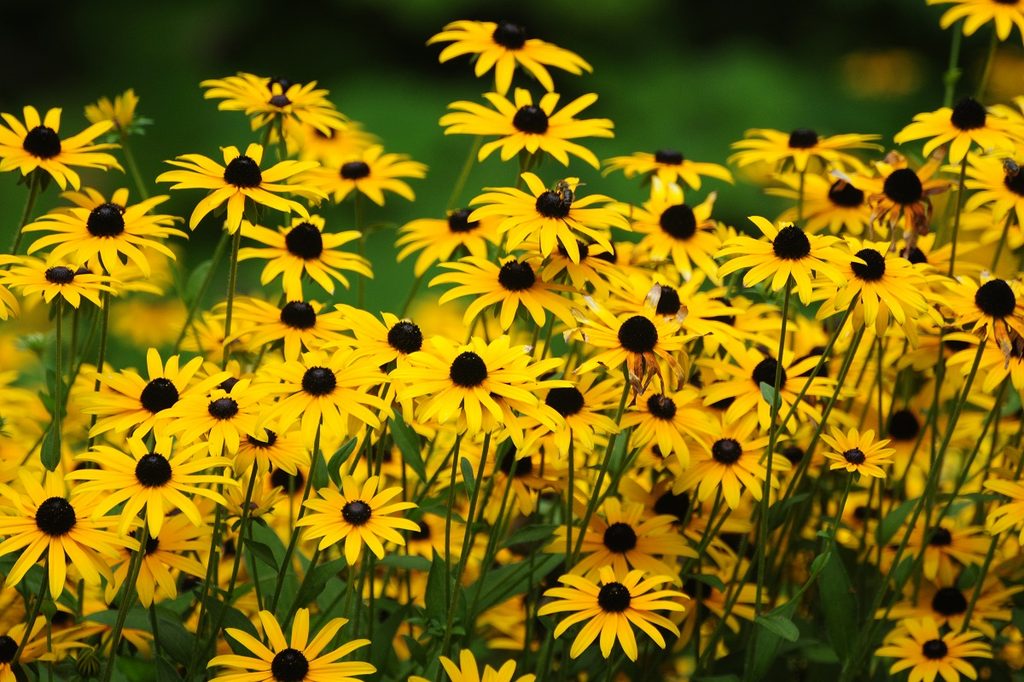
Black-eyed Susans are native wildflowers, and much like blazing stars, they are in the aster family. Unlike blazing stars, these perennials that like full sun actually resemble asters, with bright yellow petals clustered in a ring around a black center. They are hardy and adaptable, thriving in full sun and tolerating partial shade.
While they are perennials, black-eyed Susans do have a shorter lifespan than some perennials. However, they are also self-seeding, so you’ll still have black-eyed Susans, even once the initial plants die. It’s a good thing they self-seed so prolifically, because their seeds are also a favorite fall and winter food source for birds. If you want to make your own birdseed, or just enjoy birdwatching, black-eyed Susans are a must.
Dianthus
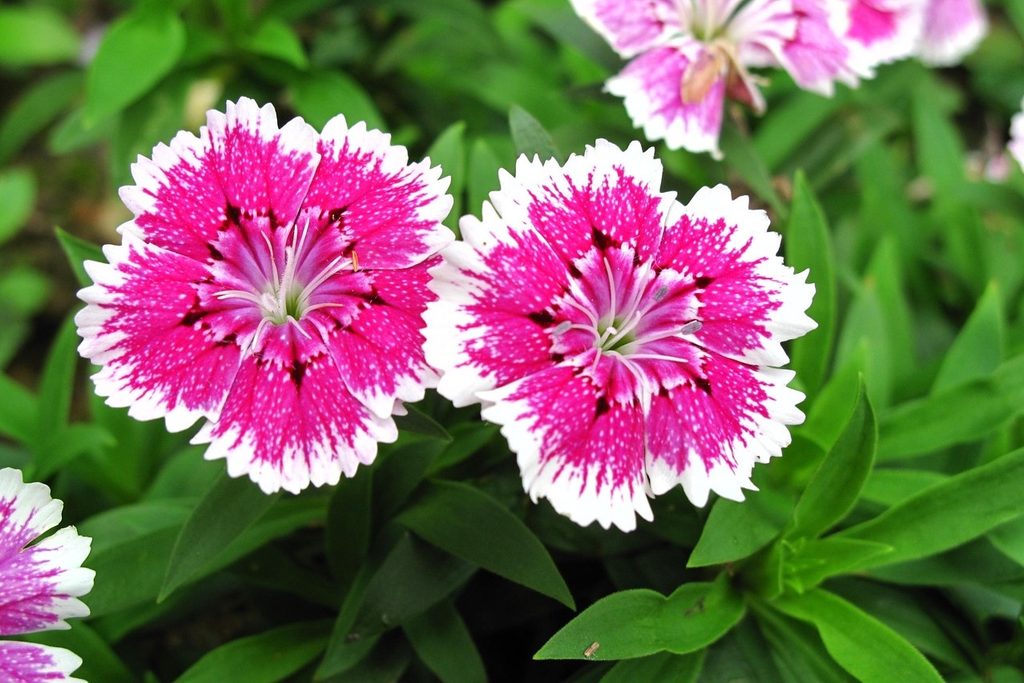
Dianthus is a species of plants that contains many popular flowers. Pinks (named for the fringed petals that look like they were cut with pinking shears), carnations, and sweet Williams all fall into this category. Dianthus flowers are perfect for traditional gardens and container gardens, and they make lovely cut flowers.
They do need full sun to thrive, and cannot tolerate much shade at all. However, it’s worth noting that some dianthus species are annual or biennial rather than perennial, so be sure to look for perennial dianthus flowers when planning your garden. Dianthus flowers can also spread fairly quickly, so take care when planting them, or keep them in containers.
Milkweed
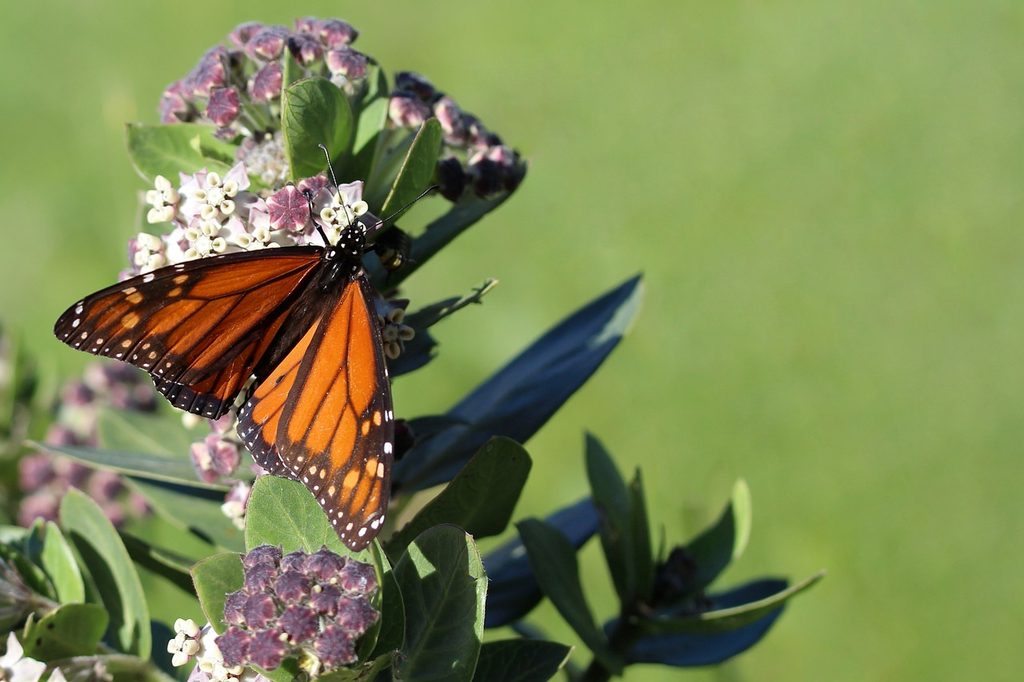
Milkweed is a popular addition to pollinator gardens, as it’s an important plant for monarch butterflies, but did you know it’s also a great addition to other full sun gardens? There are many beautiful types of milkweed, and the flowers bloom in a range of colors, from bright orange to pale purple.
You should take care when planting milkweed, as it’s toxic to pets and people. If you have small children who enjoy helping in your garden, then it might be best to plant one of the safer perennials that like full sun on this list. Wearing gloves when tending to your milkweed plants and washing your hands afterward will help prevent you from coming into contact with its toxic sap. Luckily, this sap also means most pests leave it alone. That’s good news, since pesticides would also impact the monarch butterflies and their caterpillars.
From liatris to lavender, there are many wonderful perennials that like full sun. These five make for a great starting place, and they’re well suited for many types of gardens. Whether you’re planning a simple container garden or a sprawling traditional one, these gorgeous flowers are sure to keep you delighted and entertained. They’re even easy to grow!
